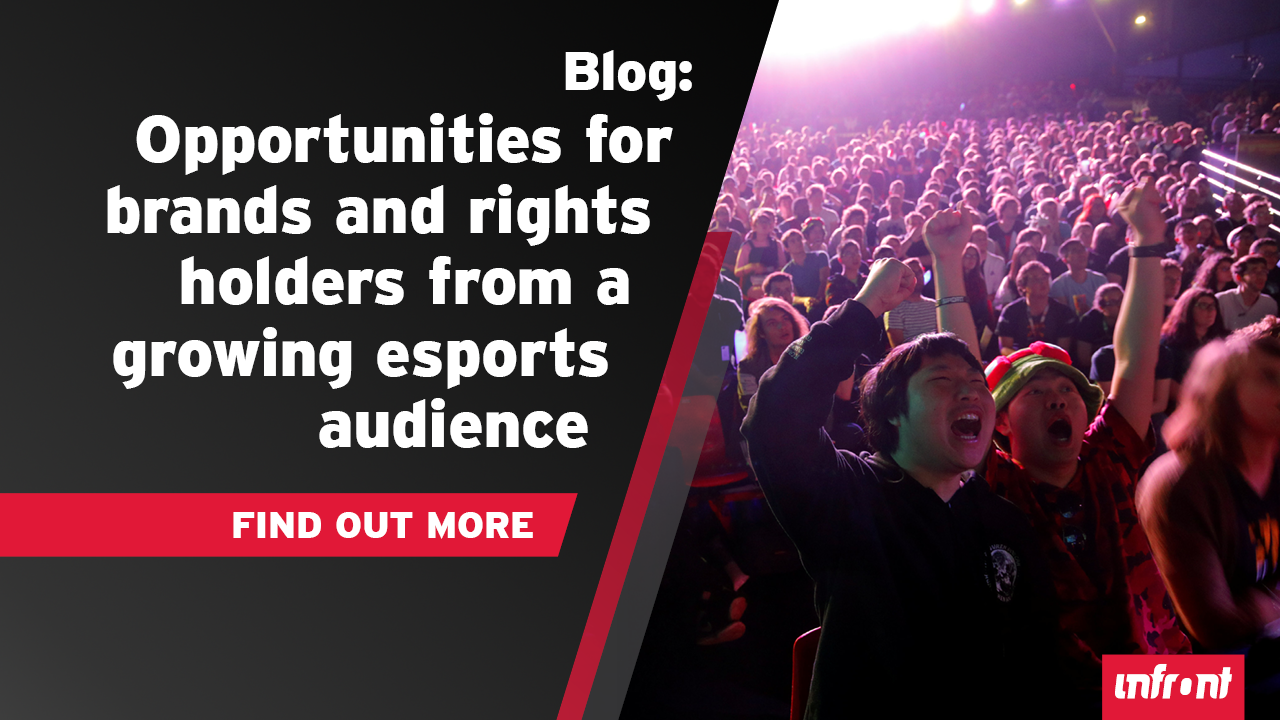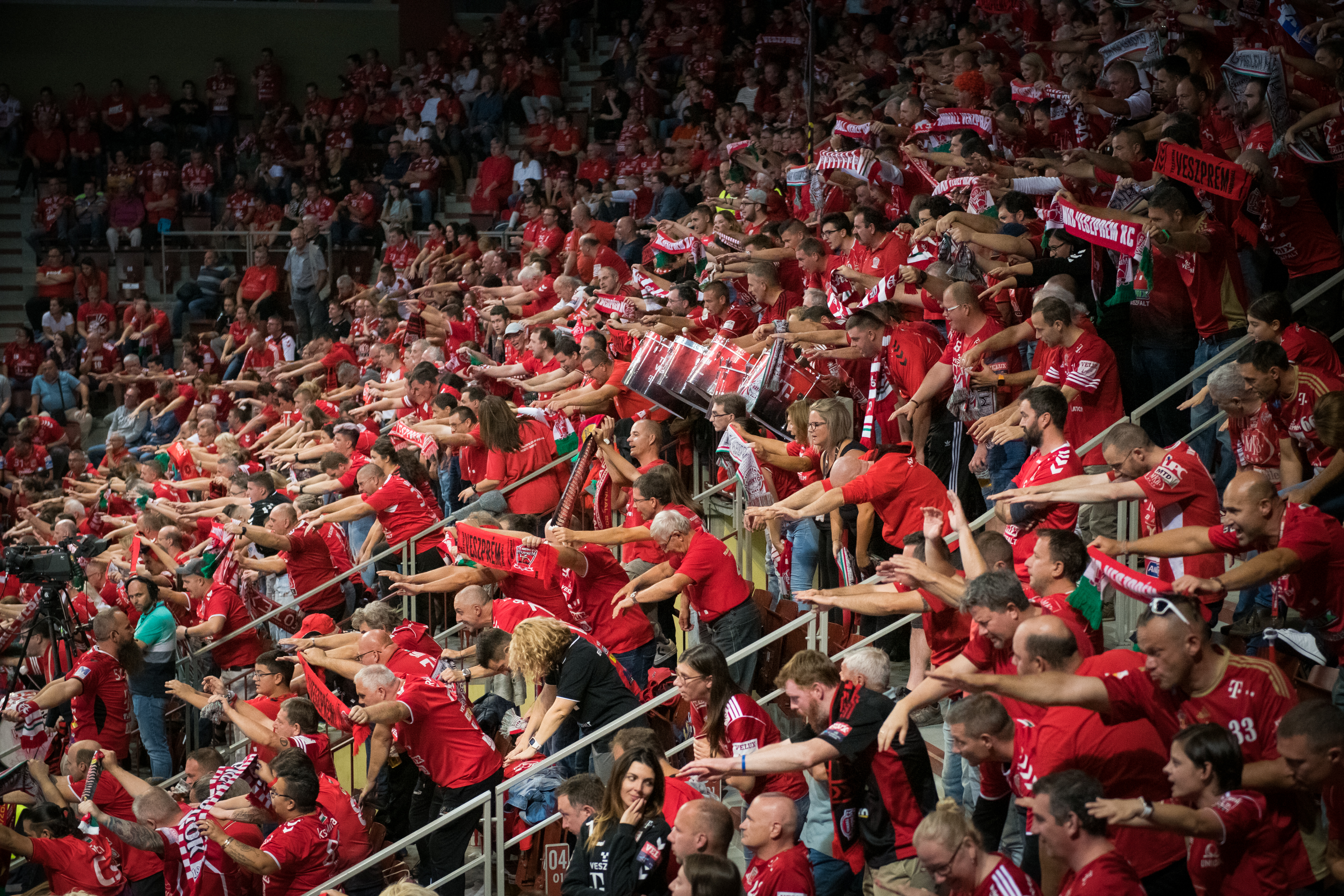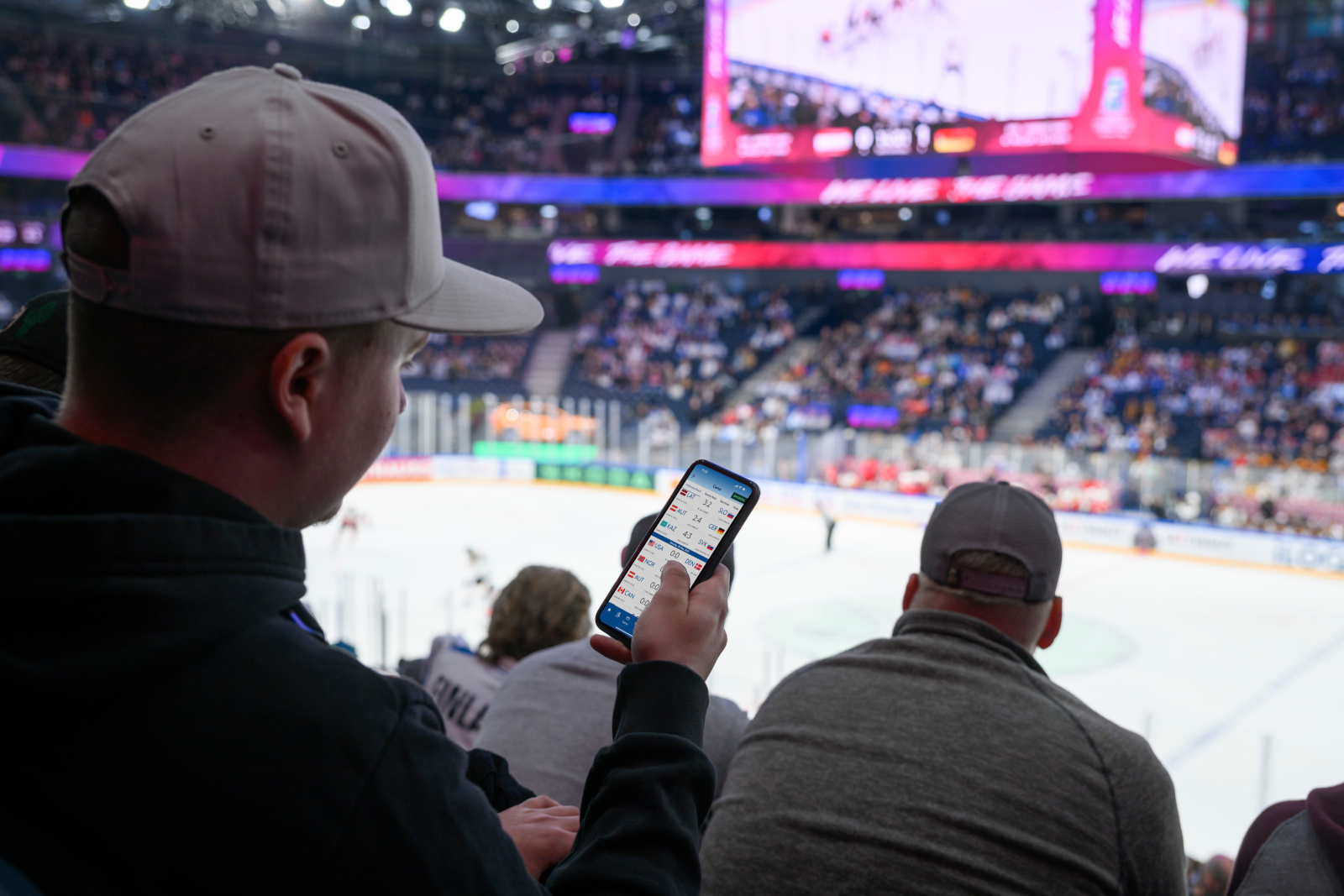The post-2010 cohort of football fan is not following the sport the way their parents did. The fact that fan engagement is a term which features on every pitch deck, regardless of commercial vertical, is a reflection on where the hearts of Gen Alpha will be won. They’re growing up in a world of shortform video, interactive platforms, and always on mobile access. Watching football isn’t enough; they want to be part of it.
To stay relevant, clubs, leagues, and broadcasters must evolve into dynamic fan ecosystems that prioritise personalised, multiplatform connections, ensuring next generation supporters feel included in every moment of matchday excitement and beyond. Owning the fan experience is becoming the ultimate competitive edge. Miss this shift, and the game risks losing its next generation of loyal supporters.
How Gen Alpha and Gen Z are redefining football media consumption
Driving fan engagement in football starts with understanding Gen Alpha’s on demand habits. Spoiler: it goes beyond linear TV. For years, the business model of football has relied on selling media and sponsorship rights. That model still matters, but it’s no longer enough. Linear TV is slipping with only a quarter of football fans watching more than two hours of it daily, and just 16% of Gen Z tune in most days (GWI). OTT is rising, with 24% of Gen Z streaming 3-4 hours daily across various platforms (GWI), but it’s fragmented, with subscription fatigue setting in. Piracy and free highlights remain big threats, costing the industry an estimated $28 billion annually (HBR).
The future belongs to dynamic digital ecosystems that fit around fans’ lives, not the other way around. Gen Alpha expects relevance on their terms and is even more mobile, more selective, more digital. They want quick highlights, behind-the-scenes access, interactive football content, and personalised recommendations. They want football that feels theirs. Football ecosystems need to be built with this in mind. That means spanning platforms (the usual suspect: YouTube, TikTok, Twitch, gaming)—and using data to create fan experiences that feel relevant.
This is a shift in platforms and expectations, and it’s happening now. Gen Alpha demands football that is:
- Snackable: Quick highlights, not full replays
- Interactive: Polls, live chats, games, not just commentary
- Personalised: Content tailored by team, player, or format preferences
- Cross-platform: Football needs to be where they are
- Co-created: They don’t just consume: they remix, react and share
Premium football rightsholders must build multi-platform ecosystems that engage fans across digital channels while delivering enhanced value to media outlets and sponsors. Traditional sponsorship, including badges, boards, and billboards will still exist, but today’s fans expect more: Brands that enhance the experience, not just sit (literally and figuratively) on the sidelines.
That’s why the future of fan engagement in football belongs to rightsholders and brands who move beyond moments and build ecosystems where fans can interact, share, customise and return, whether it is across a week, a season, or a year. Loyalty isn’t earned in 90 minutes anymore.
AI as a matchmaker: The impact on football business
AI is already transforming fan engagement in football, helping personalise the fan experience. Match content can now be tailored to fans' favourite players, formats or languages. Multi-angle feeds let users follow what matters to them. Highlights can be adapted in real-time, laying the foundation of relevance in a crowded digital world.
The use of AI in football will also enable smarter packaging and distribution, automatically adapting content for different formats, audiences and platforms, ensuring that every piece lands in the right place at the right time. It will redefine how football is monetised, enabling hyper-personalised content, immersive advertising, and interactive sponsorships.
Used well, AI can help rightsholders and sponsors build relationships that feel direct, even when they’re at massive scale. And those relationships are where long-term value lies.
By 2030, 90% of sports executives anticipate AI will have significantly boosted revenue and efficiency. Clubs and leagues that combine AI, fan data and direct-to-fan strategies will be the ones who win with Gen Alpha.
What does the future of revenue streams hold in football?
Football is more global, more competitive, and more fragmented than ever. The biggest revenue opportunity isn’t media. It’s belonging. It hinges on fan engagement, not just broadcast rights. That doesn’t mean ditching what’s worked, but building on it. The path to monetising fan engagement in football no longer runs solely through TV or pitch-side signage. To reach Gen Alpha, clubs, leagues and broadcasters must build hybrid models that merge broadcast rights, digital interaction and personalised fan journeys.
The clubs, leagues and broadcasters that succeed won’t be the ones with the most airtime. They’ll be the ones with the deepest fan connection. The ones who move from broadcasting at fans to engaging with them. Who understand that a personalised, multi-platform experience it’s the new baseline. Bundesliga is on Roblox. FIFA is working with digital creators. Serie A is growing its esports league. These are all signs of where the next generation of loyalty (and revenue) will come from.
To build that, rightsholders will need in-house capability and external partners who understand how to localise content, reflect cultural nuance, and move fast. Ecosystems, not campaigns. Strategy, not stunts.


/Images-Logos/02062025_Blog_Next%20Play%20football.png)





.jpg)

.png)